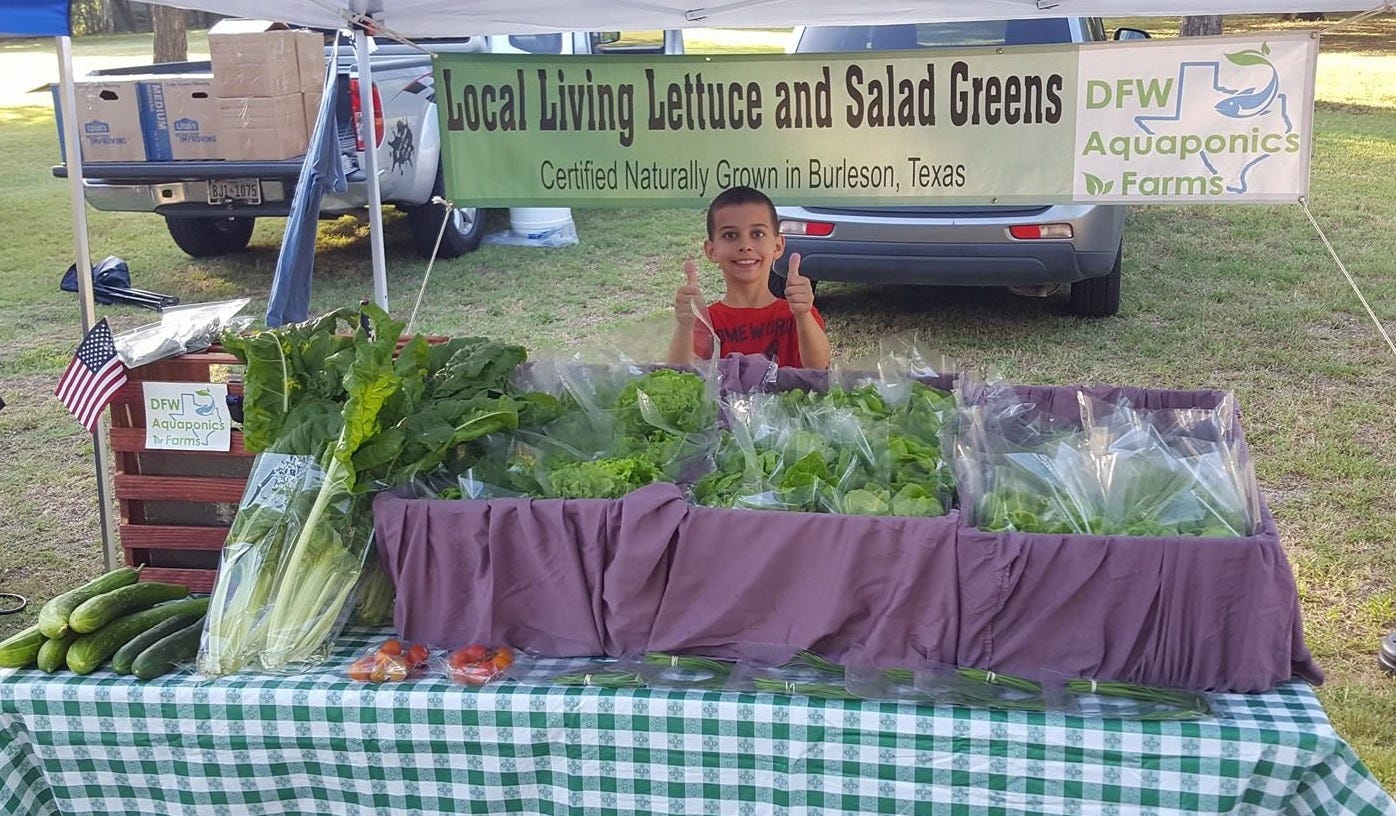The Challenge: Everyone wants more local farms.
But almost no one has figured out how to sell the crops.
This is Part 5 in my Roadmap to Scale Small Farms series. If you’re joining, start here:
A farm can have land, funding, infrastructure, and proper training, but even with all of that, there is one final piece that determines if the system will sustain or collapse:
Revenue.
You can reduce startup costs and share equipment. But if there’s no one to buy your greens? You’re out of business.
Too many new farms stall here: strong product, no market.
Because we’ve built a culture where ‘local’ means virtue signaling, not viable distribution.
The Stakes: What Happens Without Market Access
We can train a generation of growers, fund them, equip them—but if we don’t create channels for them to sell into, the effort collapses.
Farmers burn out. Consumers return to imports. Local food loses credibility.
A viable system depends on building the final mile: reimagining where and how food is sold—and who keeps the value.
Why the Current Wholesale Model Fails
Let’s break it down.
A farmer grows lettuce. They sell to a broker for $0.50. That broker sells to a distributor for $1. The distributor sells to a grocer for $2. The consumer buys it for nearly $4.
That is a 100% price increase at every step of the chain, and the farmers only gets 12.5% of the final value.
That margin might work on thousand-acre commodity fields. But for a 3,000-square-foot urban greenhouse? It’s laughable.
Urban farms need new models. Or at least revisions to the existing ones.
When I ran a mushroom farm and aquaponics operation, we earned at least 55% of retail value when selling direct to chefs. It wasn’t flashy, but it was consistent. And we kept all of the revenue on the farm.
Farmers' Markets, on the other hand?
Farmers Markets: A Tool, Not a Strategy
I’ve had market days where we sold out in three hours.
And I’ve also held down a tent in a torrential downpour—three inches of rain in 90 minutes—customers gripping the frame beside me, bracing against the wind to keep it from taking flight.
Some days were gold. Others, gutting.
Farmers' markets are episodic. Unpredictable. Revenue swings just as wildly—booming one week, bottoming out the next.
You can’t build a food system on chaos.
CSA 2.0: Pay-As-You-Go Boxes
Community Supported Agriculture (CSA) is evolving.
Old model: Pay upfront for a full season. Good for the farm, risky for the buyer.
New model: Weekly boxes. Pay-as-you-go. Flexible, affordable, marketable.
Here’s how it compares:
Local example: Mike Bell at Dallas Half Acre. A full-time teacher, part-time farmer, growing on less than 5,000 sq ft. He sells 20–30 boxes per week at $15 each, doing this only part-time.
Market value for the boxes is closer to $25, and there are 650 homes within a three-mile radius of his farm. His max output? 80 boxes/week.
At his full production capacity, that pencils out to $100K+ potential annual revenue.
That’s not a ceiling. That type of model is just the start.
Aggregators: Digital Hubs for Local Food
Now add infrastructure.
Profound Foods built a system connecting 150+ farms to 100+ chefs and 500+ consumers in DFW. Each farm posted its inventory weekly. Orders came in. Delivery was streamlined.
It worked because it made buying local food feel effortless.
Pair that model with shared cold storage or last-mile delivery hubs (from Essay 4), and suddenly a small grower can reach hundreds of buyers with a single drop-off.
The Modern Urban Food System
Here’s what works:
Weekly harvest boxes
Restaurant sales with a human story
Aggregator tech for frictionless fulfillment
Regional standards (e.g. "DFW Clean-Grown") to build trust
This isn’t hypothetical. It’s real, and what we lack is the system to connect it.
So let’s fix that.
Because this isn’t about nostalgia.
It’s about sovereignty.
If we want food grown by neighbors—not corporations—we need to stop pretending the current system will fix itself.
Markets don’t just exist. We build them.
Call to Action:
This week, ask one local leader, grocer, or neighbor: What would it take for you to buy from a small farm like Mike’s? Leave your response below -- I want to hear all of them.
The answers build the next layer of the system.






Thanks for writing this series Adam, people who think milk comes from the fridge need to know this stuff. And for the slightly more aware, they will see that there are many options for a more resilient food system. Heck, they might even realise why a long chain sucks up their cash.
This should have been #1. Having been a small farmer for over a decade, one of my mentors, Joel Salatin wrote that you must have a market for your produce before you grow. Hence I started our local farmers market in 2007.